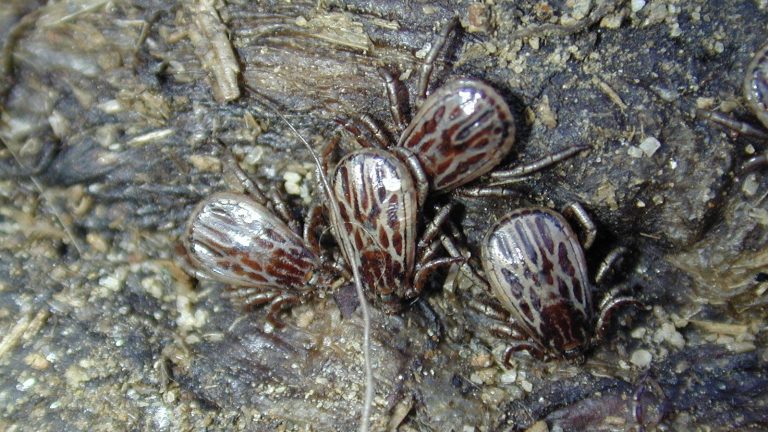Transcript:
Moose are the giants of the boreal forest. But in some areas, they are threatened by tiny creatures called winter ticks.
In the fall, tick larvae hide in bushes, waiting for animals such as moose to crawl up.
By winter, some moose's bodies are covered in thousands of ticks that feed on their blood, said Steve Cote, a biologist at Université Laval in Quebec.
Côté: “And it’s very itchy, so they scratch a lot on the trees and they lose their hair. … They don’t eat… They get weaker and weaker.
For moose calves, tick infection can be fatal.
So to investigate how much ticks affect the survival of moose calves, Cote's team treated some calves with an anti-tick insecticide and left others untreated.
Only 7 percent of the treated moose died, compared with 40 percent of untreated moose.
As the climate warms, winter ticks become more common in some areas, so the threat to moose is also increasing.
It would be impossible to treat every animal with pesticides, as this would require netting each moose from a helicopter.
Forest managers can also try to limit tick habitats, but so far there are no simple solutions to protect moose from these tiny blood-sucking animals.
Report source: Ethan Freedman / ChavoBart Digital Media
Only 28% of U.S. residents regularly hear about climate change in the media, but 77% want to know more. By 2025, you can show Americans more climate news.
